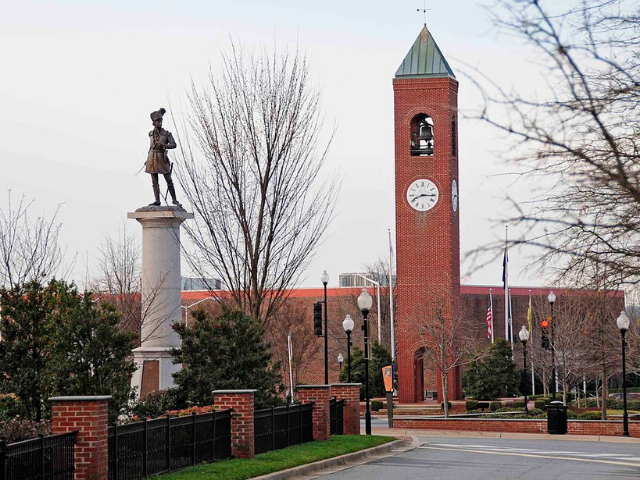
Daniel Morgan Monument in Spartanburg, SC (2016, November 26). Wikimedia Commons. Retrieved 18:59, July 24, 2017.
Spartanburg County and its county seat, the city of Spartanburg, were named for the Spartan Regiment, a local militia unit that fought in the Revolutionary War. The county was formed in 1785 as a part of Ninety Six District, and from 1791 to 1799, it was part of the Pinckney District. A part of Spartanburg County later went to form Cherokee County in 1897. European settlers, primarily Scotch-Irish, began moving into this area from Pennsylvania and Virginia in the late eighteenth century. For many years the primary occupations were small-scale cattle raising and cotton farming. Areas with mineral springs, such as Glenn Springs, were also popular summer resorts for Lowcountry residents. Following the Civil War, textile manufacturing became the dominant industry, and Spartanburg County remains an important manufacturing center today. Some well-known Spartanburg residents are hymn writer and publisher William Walker (1809-1875), Army General William C. Westmoreland (1914-2005), and industrialist Roger Milliken.


